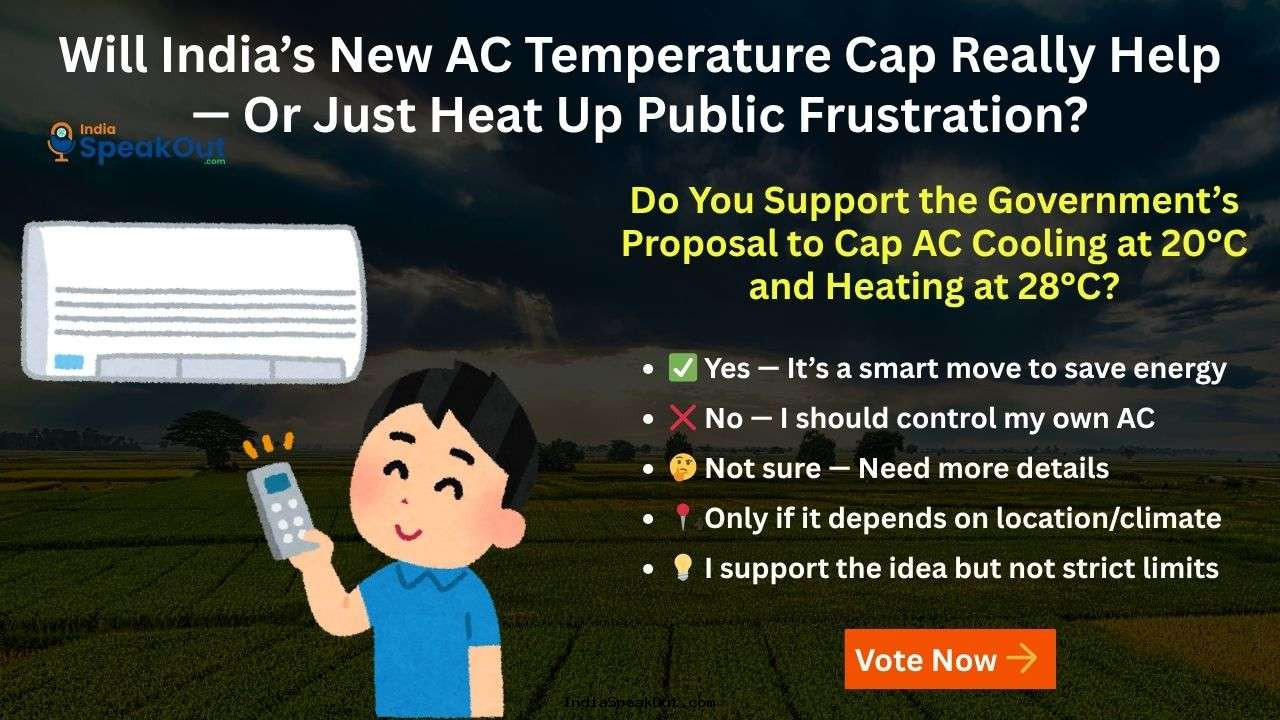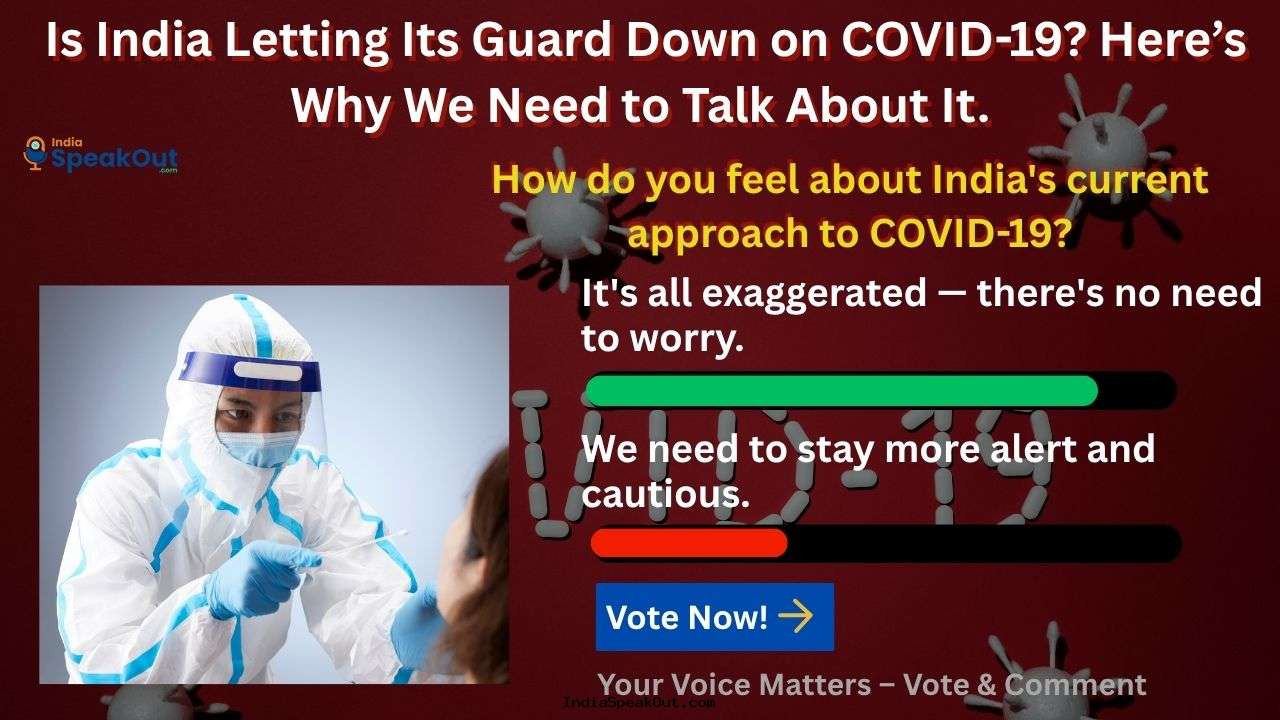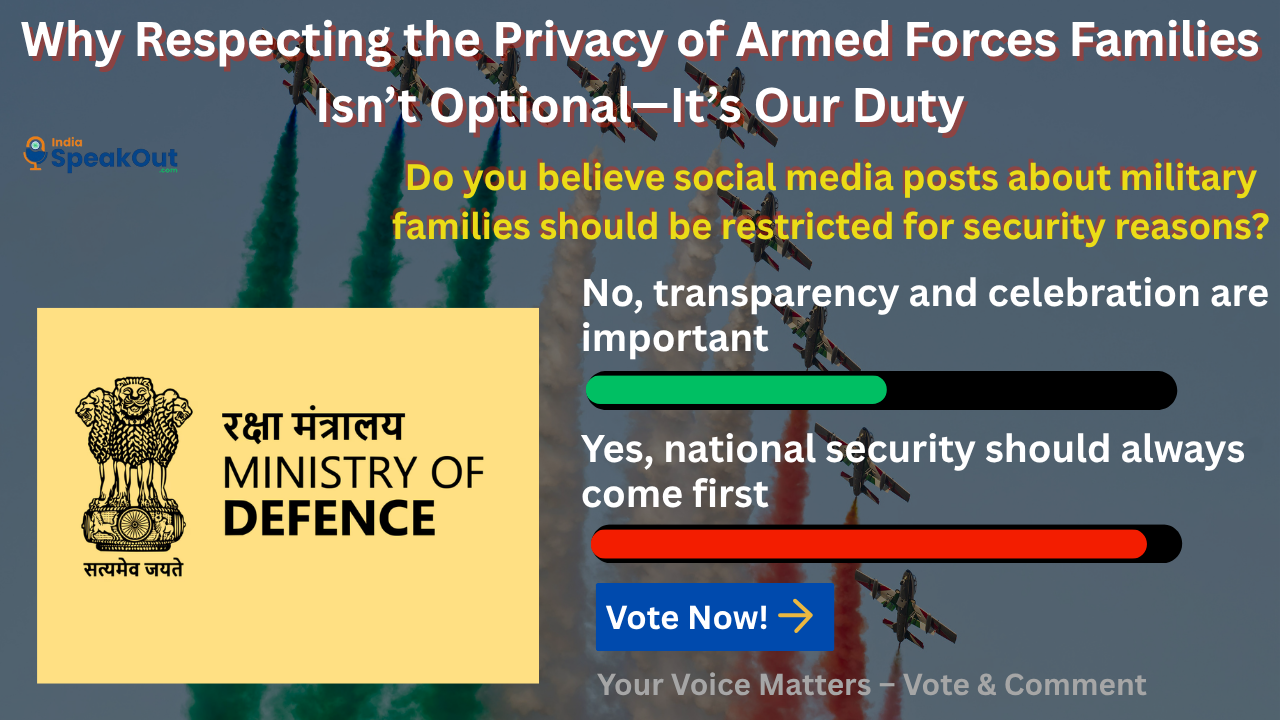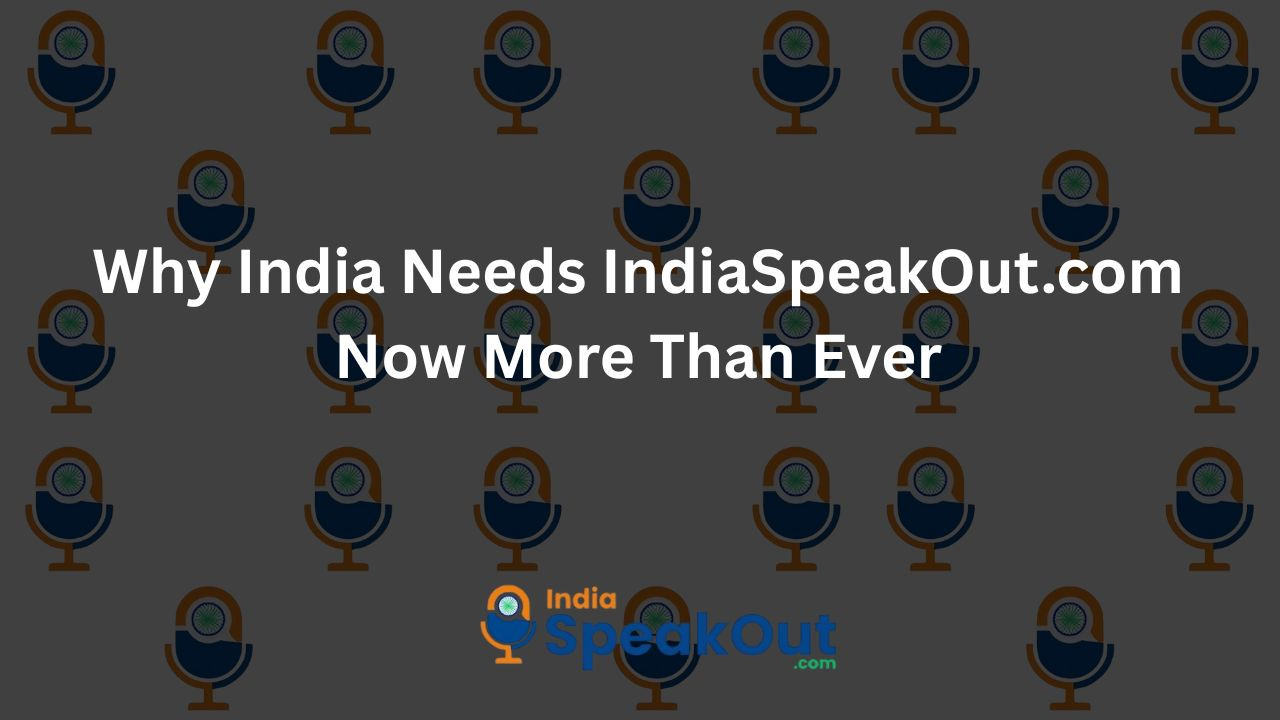In an effort to conserve energy and promote sustainable living, the Indian government is reportedly considering a new regulation that could limit cooling below 20°C and heating above 28°C in air conditioners and other HVAC systems.

While this move is rooted in climate consciousness and power efficiency, many citizens are questioning whether it’s practical — especially in regions where summers cross 45°C and winters dip below 5°C.
👉 The central idea is simple: avoid extreme cooling or heating to reduce energy consumption and carbon emissions. But is it really that simple?
Let’s weigh the pros and cons:
✅ Why This May Be a Good Move:
-
Encourages energy-efficient behavior.
-
Could significantly reduce electricity bills.
-
Helps combat climate change.
-
Promotes the use of smart and sustainable ACs.
❌ Why People Are Concerned:
-
India’s diverse climate zones need flexible rules.
-
Elderly, sick, or young children may suffer in rigid settings.
-
What about private homes — will this be enforceable or even legal?
The Larger Debate
Should the government intervene in how cold or warm people keep their private or even commercial spaces? Some say it’s a step in the right direction. Others say it’s government overreach — a case of regulating comfort at the cost of personal choice.
🗳️ Vote and see where others stand!
📢 What Do You Think?
Is this a bold step toward sustainability or a cold move that might heat up public anger?
💬 Share your thoughts in the comments — we’d love to hear your take on where to draw the line between policy and personal comfort.










Comments(0)